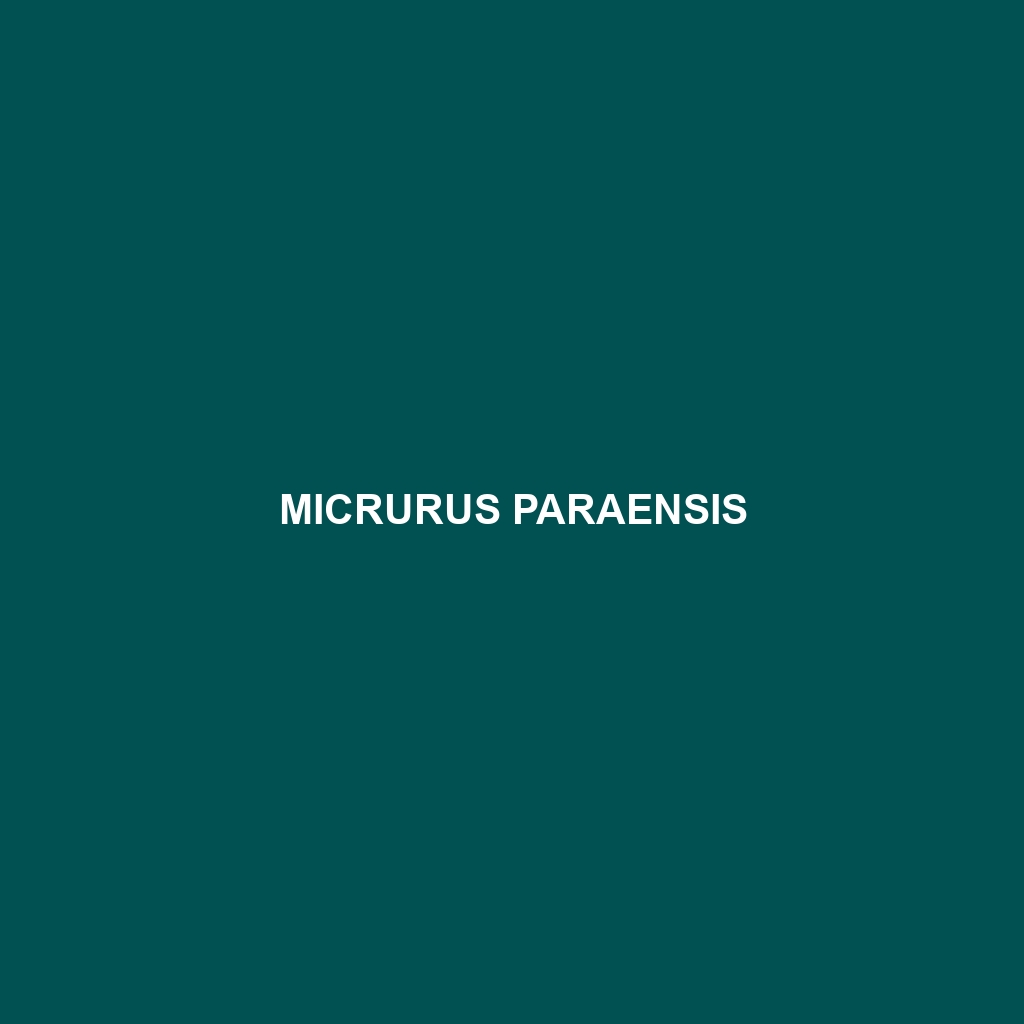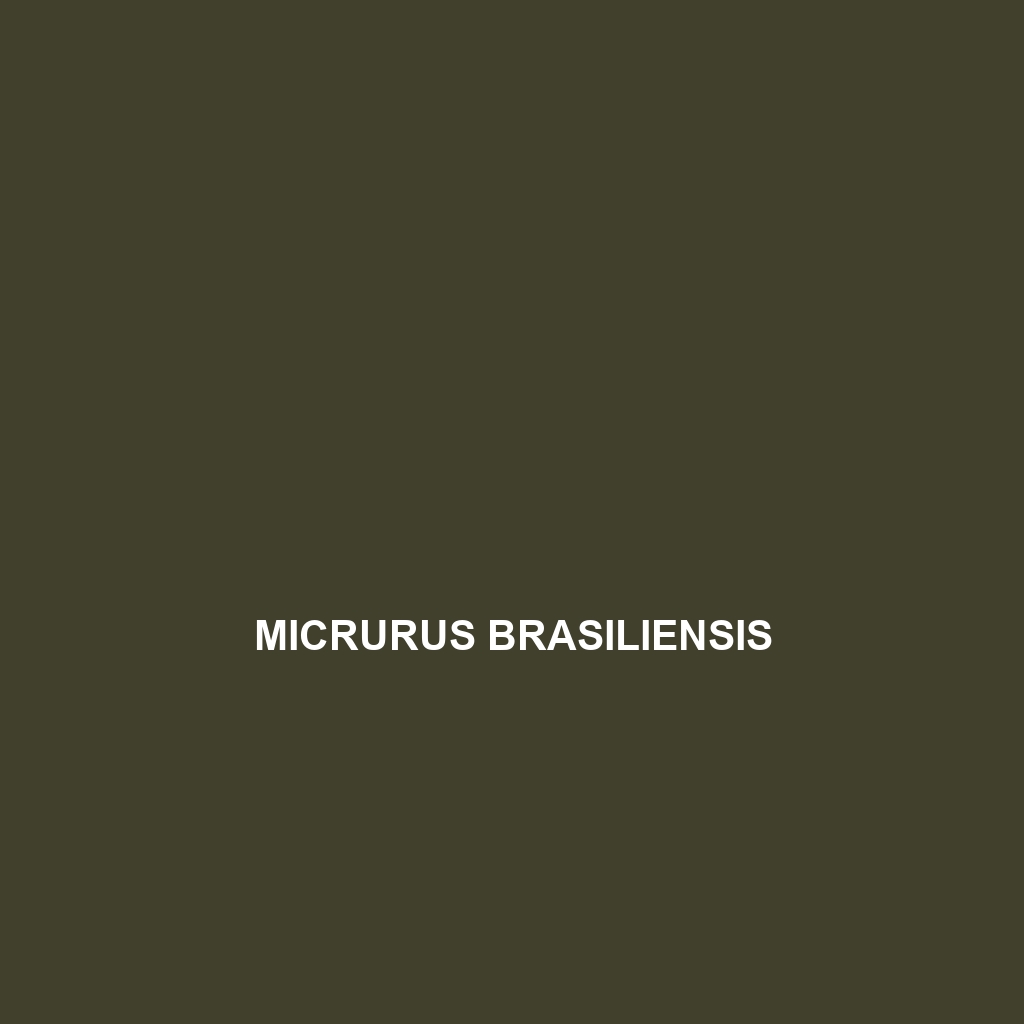<p><b>Sibon vieirai</b> is a non-venomous snake native to Central and South America's rainforests, primarily feeding on snails and slugs. Known for its slender body and striking olive green and brown coloration, this diurnal species plays a vital role in its ecosystem by regulating invertebrate populations and serving as prey for larger predators.</p>
Tag: Amazon Basin snakes
Micrurus paraensis
Micrurus paraensis, also known as the Para Coral Snake, is a vibrant and slender species found in the Amazon Basin, notable for its distinctive red and black banding. This carnivorous snake plays a critical role in its ecosystem by preying on small reptiles and amphibians, while its potent venom allows it to effectively ambush its prey.
Micrurus brasiliensis
<b>Micrurus brasiliensis</b>, or the Brazilian Coral Snake, is a strikingly colored species found in South America's tropical rainforests, recognized by its distinctive black, red, and yellow banding. This nocturnal predator plays a vital role in maintaining local ecosystems through its diet of small reptiles and amphibians.
Chironius carinatus
Discover the Chironius carinatus, or Carinated Snake, known for its vibrant coloration and agile movement in Central and South America's humid rainforests. This non-venomous carnivore plays a crucial role in its ecosystem by preying on frogs and small mammals, while its remarkable camouflage allows it to blend seamlessly into its surroundings.
Atractus ronnie
Discover the rare Atractus ronnie, a striking terrestrial snake from the Amazon Basin, known for its distinctive brown and black banded pattern, moderate size of 60 to 80 cm, and vital role in regulating small invertebrate populations within its rainforest habitat. Currently listed as vulnerable due to habitat loss, conservation efforts are essential to protect this unique species.
Atractus hoogmoedi
<p>The <b>Atractus hoogmoedi</b>, commonly found in the rainforests of Colombia and Ecuador, is a small, nocturnal snake known for its distinct brown coloration and dark banding. This vulnerable species plays a crucial role in the ecosystem by controlling invertebrate populations and serves as a vital food source for larger predators.</p>





